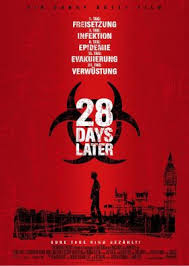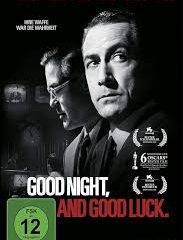Exploring the Impact of 28 Days Later on the Horror Genre

Introduction
Released in 2002, “28 Days Later” directed by Danny Boyle, redefined the horror genre with its gripping narrative and innovative approach. The film’s influence extended beyond the realm of entertainment, shaping cultural discussions surrounding zombie lore and post-apocalyptic scenarios. The significance of this film lies in its combination of intense storytelling, social commentary, and groundbreaking visuals that continue to resonate with audiences even two decades later.
The Plot and Themes
“28 Days Later” begins with a catastrophic outbreak caused by a rage-inducing virus, leading to societal collapse and chaos. The story follows Jim, a bicyclist who wakes up from a coma to find London abandoned and overrun by infected individuals. The film delves into themes of survival, the fragility of humanity, and the moral dilemmas faced in extreme circumstances. The visceral portrayal of both infected and uninfected characters adds depth to the narrative, allowing viewers to question what it truly means to be human.
Innovative Techniques
What sets “28 Days Later” apart is its pioneering use of digital cinematography. Boyle utilized handheld cameras to create a sense of immediacy and rawness, immersing viewers in the protagonist’s harrowing journey. The film’s eerie and desolate portrayal of urban landscapes was partially filmed in real locations, enhancing the authenticity of the horror. The chilling score by John Murphy further amplifies the tension, turning quiet moments into heart-pounding sequences.
Cultural Impact and Legacy
Upon its release, “28 Days Later” garnered critical acclaim and commercial success, grossing over $82 million worldwide on a modest budget. Its success paved the way for a resurgence of zombie films in the 2000s, influencing works like “The Walking Dead” and “World War Z.” The term ‘infected’ became pivotal in discussions about the zombie genre, shifting traditional perceptions of the undead.
Conclusion
Twenty years after its debut, “28 Days Later” remains a landmark in horror cinema. Its blend of suspense, visceral storytelling, and social critique continues to inspire filmmakers and thrill audiences. As the genre evolves, the film’s legacy endures, reminding us of the potent blend of fear and reality that lies within the apocalypse narrative. For fans of horror, the film is not just a movie, but a cultural phenomenon that shaped the landscape of modern horror storytelling.





